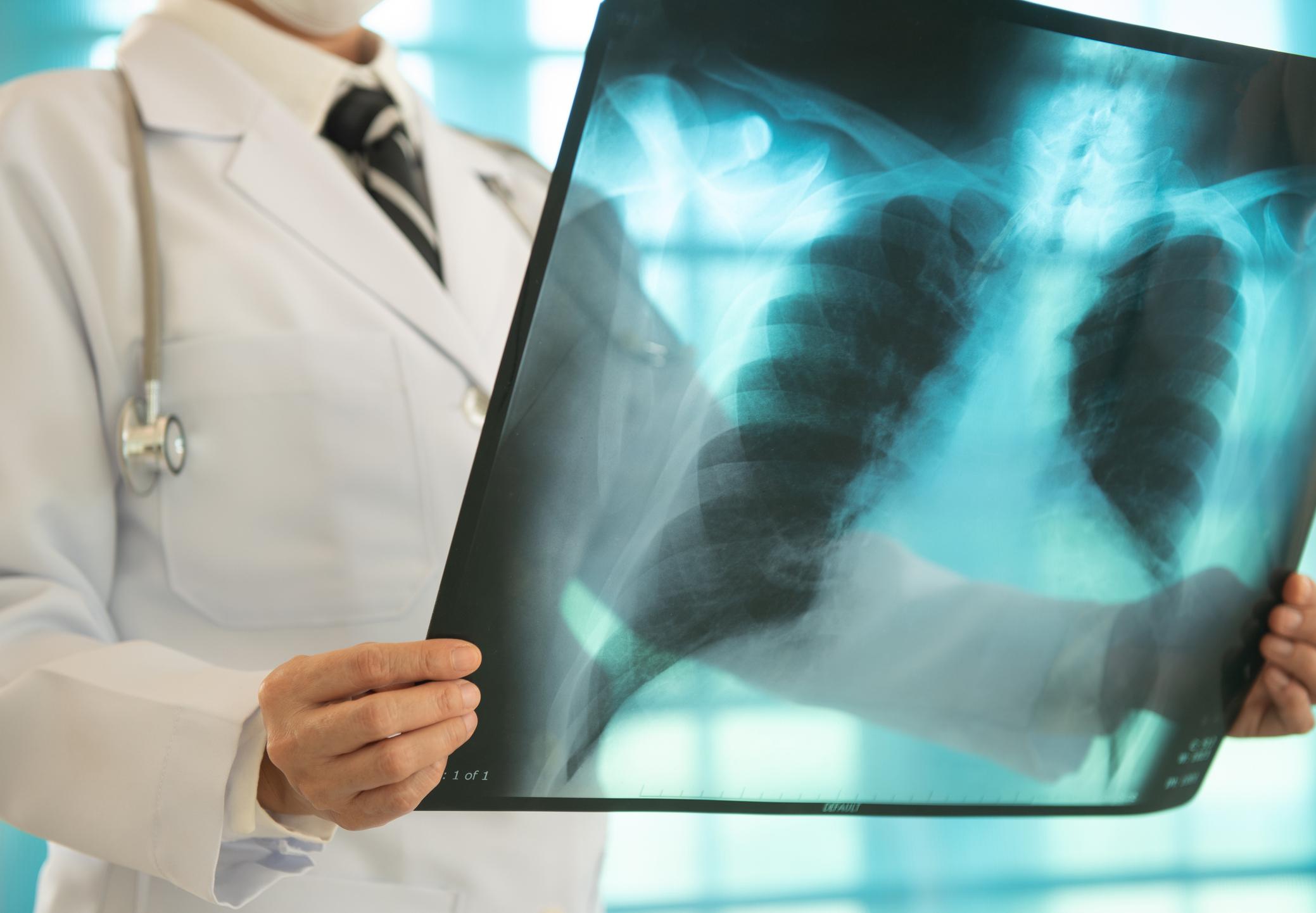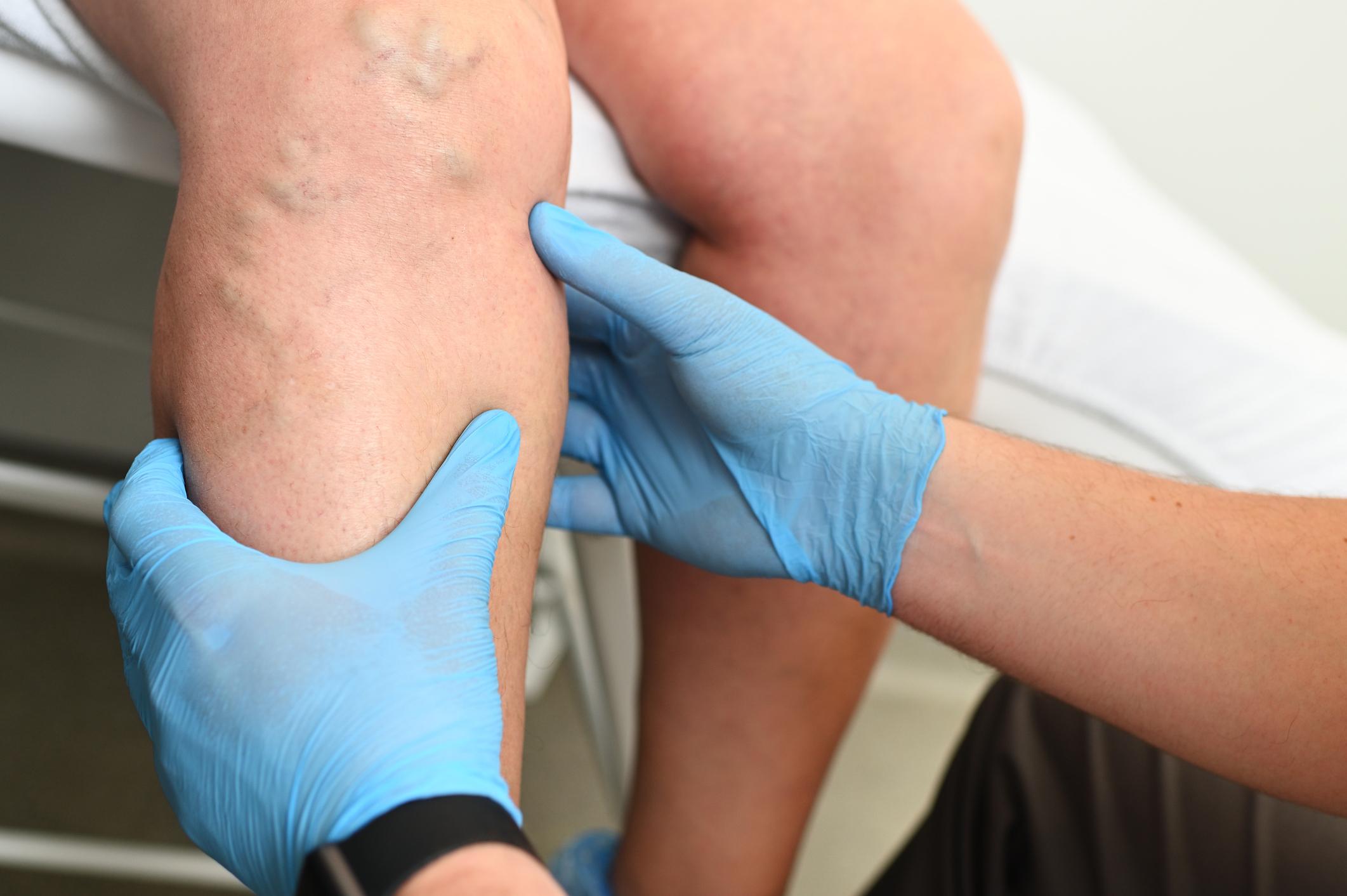A serious complication of venous thrombosis, pulmonary embolism must be quickly treated. What are the symptoms suggestive of this condition?

- Pulmonary embolism results from obstruction of a pulmonary artery or one of its branches by a blood clot.
- Deep phlebitis can lead to pulmonary embolism.
- Considered a medical emergency, it is necessary to react quickly in the event of signs suggestive of pulmonary embolism.
Each year, it is estimated that between 65 and 130,000 people are affected by a pulmonary embolism in France. A common cause of hospitalization, this condition is characterized by the obstruction of a pulmonary artery or one of its branches by a blood clot. “It causes damage to the affected lung and the injured part can no longer supply oxygen to the body”note Ameli Healththe Health Insurance platform.
Pulmonary embolism: what are the risk factors?
In the majority of cases, pulmonary embolism is the consequence of deep phlebitis, which generally occurs in the legs. Also called venous thrombosis, phlebitis is caused by the formation of one or more clots in a deep vein that can travel through the bloodstream and lodge in the lungs, leading to a pulmonary embolism.
Several risk factors can promote the occurrence of pulmonary embolism. This is particularly the case for coagulation disorders, prolonged bed rest or immobilization, overweight and obesity, trauma (shock, bone fracture) or even certain drug treatments (chemotherapy).
How to recognize a pulmonary embolism?
Pulmonary embolism endangers the patient’s life. We must therefore react quickly in the event of signs suggestive of this condition. We distinguish in particular:
- rapid breathing;
- chest pain;
- dizziness or fainting;
- sputum with traces of blood.
If you experience these symptoms, it is recommended to immediately call the emergency services (15 or 112). During treatment, anticoagulant treatment is administered. “This treatment is sufficient in cases of pulmonary embolism of low or medium severity (without shock or arterial hypotension). It is supplemented by thrombolysis or embolectomy in cases of serious pulmonary embolism. Anticoagulant treatment generally begins with subcutaneous injections of low molecular weight heparin (biotherapy) or fondaparinux, then continues with tablets: vitamin K antagonist (AVK) or direct oral anticoagulants (DOAC)”specifies Health Insurance.














